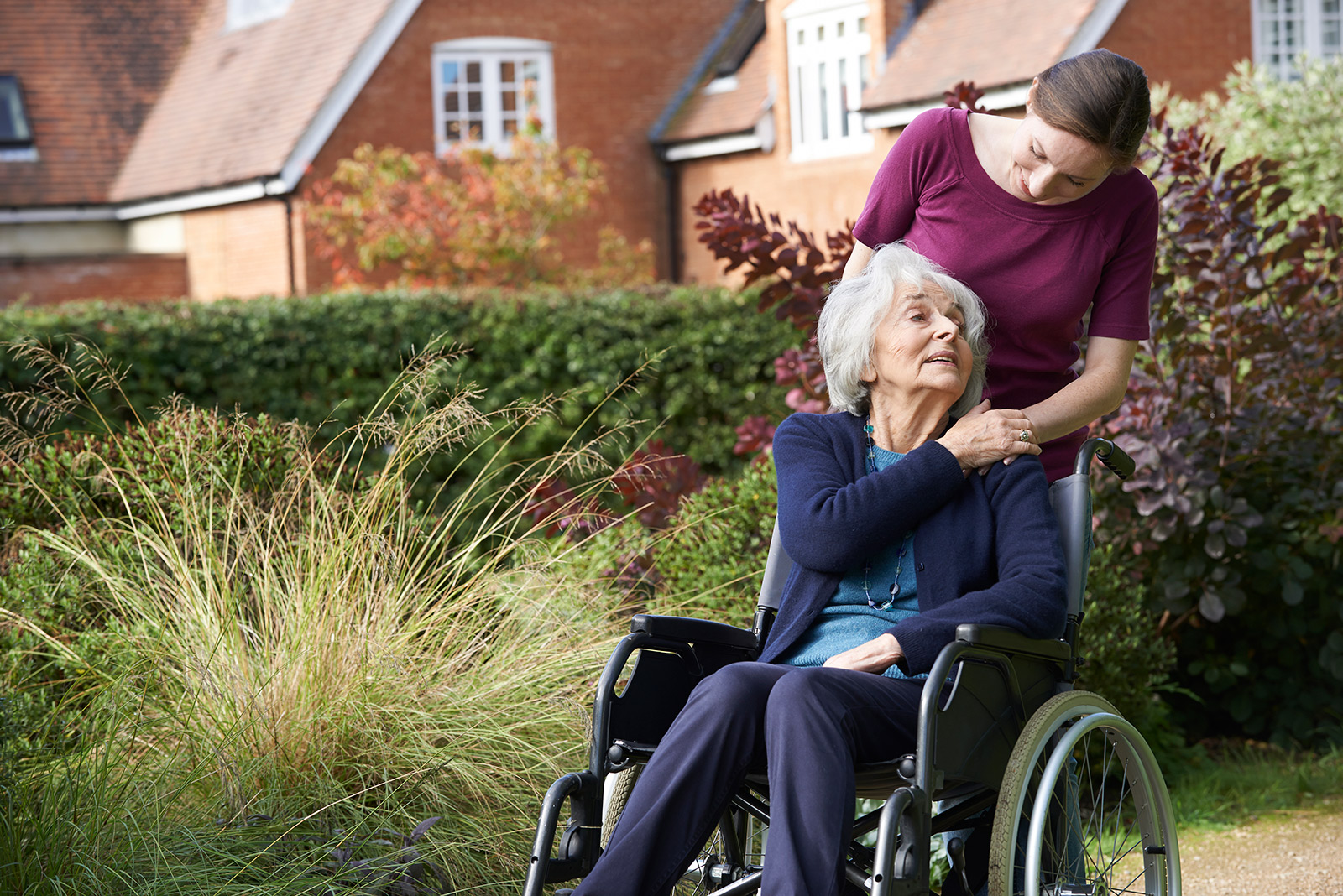May 31, 2019
"I Want to Go Home" - 3 Ways to Respond As A Caregiver

Hearing your loved one say “I want to go home” over and over again is something dementia caregivers often deal with. It’s especially frustrating to hear when they’re already home.
The challenge is how to respond in a way that calms them down and helps them let go of the idea.
Why someone would ask to go home
For most of us, home is the place where we feel the most comfortable, safe, and accepted. Many experts say that people with dementia are trying to express that they need the feeling of ultimate safety, comfort, and control. That’s what “home” means to them.
Dementia and other neurological diseases damage the brain and cause a person to experience the world in different ways. The kindest thing to do is meet them where they are, focus on comfort and reassurance, and respond to the emotions behind their request.
These suggestions will help you get started, but be prepared to get creative too. Not everything you try will work the first time. And even if something works once, it might not work every time. Don’t get discouraged, this will get easier with practice.
Three kind, calming responses to “I want to go home”
1. Reassure and comfort
Approach your older adult with a calm, soothing, and relaxed manner. If you remain calm, they’ll start calming down too. They’ll pick up on your body language and tone of voice and will subconsciously start to match you.
Sometimes saying “I want to go home” is how they tell you they’re tense, anxious, scared, or in need of extra comfort. If they like hugs, this is a good time for one. Others may prefer gentle touching or stroking on their arm or shoulder or simply having you sit with them. Another way of giving extra comfort and reassurance is to give them a comforting blanket, therapy doll, or stuffed animal.
2. Avoid reasoning and explanations
Don’t try to explain that they’re in their own home, assisted living is now their home, or they moved in with you three years ago.
Trying to use reason and logic with someone who has a brain disease will only make them more insistent, agitated, and distressed. They won’t be able to process that information and will feel like you’re stopping them from doing something they know is important.
3. Agree, then redirect and distract
Being able to redirect and distract is an effective technique. It’s a skill that improves with practice, so don’t feel discouraged if the first few attempts don’t work perfectly.
First, agree and validate – agree by saying something like “Ok, we’ll go soon.” or “That’s a good idea. We’ll go as soon as I clean up these dishes.” This calms the situation because you’re not telling them they’re wrong.
Next, redirect and distract – after agreeing, subtly redirect their attention. This redirection should lead into pleasant and distracting activities that take their minds away from wanting to go home.
Or, ask them to tell you about their home. Asking about their home validates their feelings, encourages them to share positive memories, and distracts them from their original goal of going home. Open questions that encourage them to share their thoughts work well.
What to do if nothing is working
Sometimes, your older adult will be stubborn and refuse to let go of the idea of going home no matter how much you try to soothe or redirect. If that happens, you might agree to take them home and then take them on a brief car ride.
Experiment with how far and how long you need to drive before you can go back to where they live without protest. Or, suggest a stop at the ice cream shop, drugstore, or grocery store to distract and redirect. On the drive back, be sure to announce “We’re almost home!”
If it’s not possible to actually take them out or get into the car, the actions of getting ready to leave can still be soothing because it shows that you believe them and are helping to achieve their goal. Meanwhile, the activities of getting ready give you more chances to distract and redirect to a different activity.
Need help for yourself or someone in your care? For more information, call us at (855) 867-4692 or click here for more about hospice EveryStep Hospice or home care options EveryStep Home Care. EveryStep’s hospice and home care programs provide care and support to patients, family members and their caregivers through chronic or serious illness, recovery or rehabilitation. Our experienced and compassionate staff can assist family caregivers in understanding the importance of nutrition, exercise, social ties, mental and spiritual health, and how all these things can contribute to wellbeing for individuals of all ages.